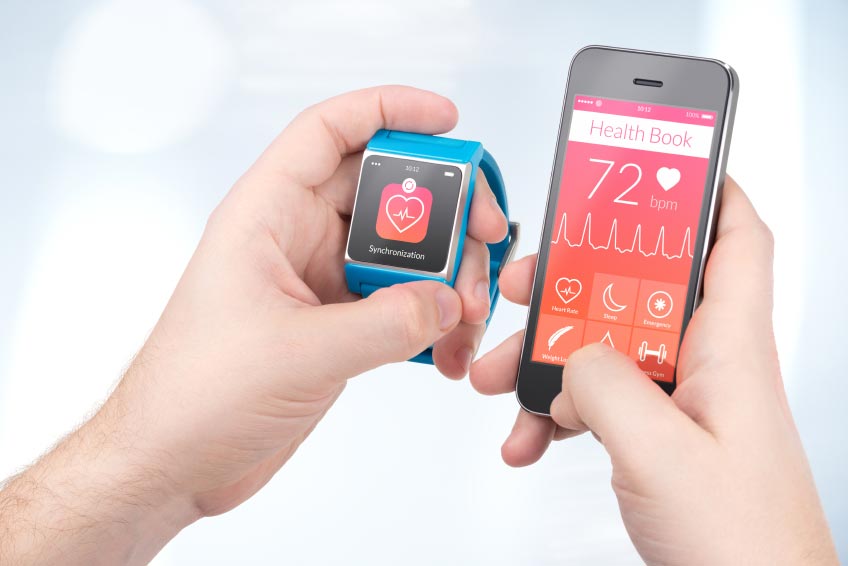How Wearable Technology is Revolutionizing Clinical Trials

From Fitbit to the Apple Watch, there is no denying that wearable technology has gone mainstream. Some market experts estimate that over the next 10 years, the wearable technology industry will explode from $20 billion in 2015 to $70 billion in 2025. With consumer demand for wearable technology in high gear and the industry’s ability to provide this technology on a widespread, affordable basis, the question is: Can these technologies be successfully used to streamline the costs of clinical trials?
Strict rules and regulations governing clinical trials have made conducting a trial more time consuming and expensive than ever. The promise of using wearable technology in clinical trials could potentially save clinical trials millions in recruitment dollars alone.
The main concern for incorporating wearable technologies, similar to those being used in consumer devices, is two-fold: accuracy and viability of the data. Because of strict regulations, proving the quality of the data being collected by wearables would be essential in their use in clinical trials. Many physicians and critics have expressed concerns over patients’ ability to self-monitor their participation, which creates problems with the accuracy of the data they produce. For example, the data may not accurately reflect the difference between periods of inactivity and the patients’ non-compliance by not wearing the device. Establishing more accurate methods for discerning quality data from unreliable data would be essential to the use of wearables in clinical trials.
Promising Innovations
While wearables may not be ready for widespread use in clinical trials, there are several devices and applications that bode well for their future use. The FDA has cleared the MotionWatch and Pro-Diary accelerometer devices for use in clinical trials. These devices, similar to consumer wristband models, monitor and document physical movement. The Pro-Diary also has the added function of asking participants questions, which takes the place of written journal entries.
Once data is collected in a clinical trial, there must be viable ways to analyze that data. There are a dizzying array of applications that are designed to work in conjunction with wearable technologies that allow researchers to properly analyze the data collected. Applications, such as FirstApp, and cloud computing services, such as 2Net, allow researchers to streamline data analysis, potentially providing major cost savings to clinical trials.
The Future
While the future of wearable technology in clinical trials is unclear, it is safe to assume that their proper implementation in trials could provide both cost savings and more data than researchers ever imagined possible. Wearable technology, when used properly, could provide accurate, inexpensive data while simultaneously improving the patient experience. With more and more companies investing in wearable technology in the healthcare context, it is likely that it will play an essential role in clinical trials in the future.

 Back to Blog Home
Back to Blog Home